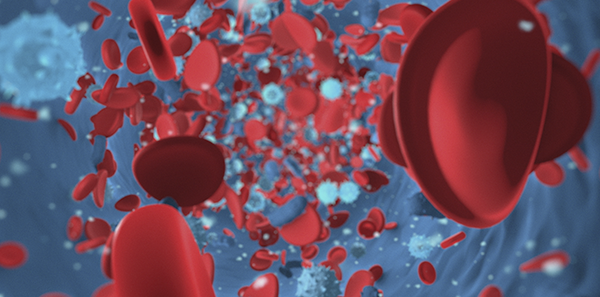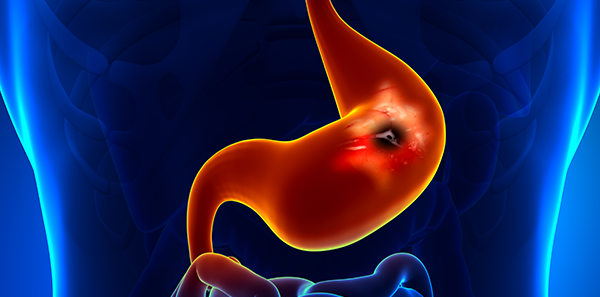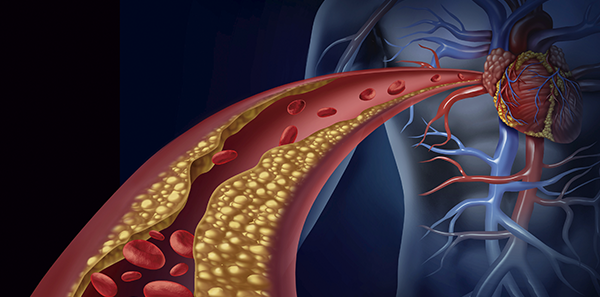
When an injury occurs, a complex reaction in the tissue is triggered, requiring repair which involves the substitution of damaged tissue with fibrotic tissue (scar tissue), which is composed of cells with different functions and morphology, and consequently, causes undesirable results.
Regenerative medicine seeks to improve and enhance processes after injury of a given tissue through regeneration, whose procedure returns the same cell function and architecture to the damaged tissue, successfully treating the injury with more satisfactory results for the patient.
Today, there is a high priority in medical research to understand the procedures involved in regeneration and tissue repair, with an emphasis on the role of platelet proteins in tissue repair.
At present, we are seeing a clear success in the treatment of injuries in soft and hard tissue by using proteins from the patient with regenerative aims.
Platelet rich plasma (PRP) imitates and optimises the physiological procedures of repair that are implemented involuntarily in tissues after an injury.
PRP is distinguished within autologous-use medicinal products for its simplicity and its low preparation cost, for being non-aggressive (the patient must only undergo a simple extraction of blood), and for allowing the restoration of platelets concentrated in the patient’s own plasma, which at the time of degranulation, release the growth elements responsible for tissue regeneration procedures in the applied area.
Undoubtedly, a relationship exists between the concentration of platelets and growth elements, which is why the regenerative ability is directly related to the concentration of platelets in the collected PRP, and, therefore, with the quality of the system of collection and the qualification of the personnel responsible for the preparation.
This plasma must not contain any cells apart from the platelets, meaning that the contamination with erythrocytes or leukocytes is undesirable. It is worth noting that PRP is neither toxic nor immunoreactive for the patient, which is why its use is exclusively autologous.
The activation of the platelet degranulation is carried out with calcium chloride, in this way avoiding the use of potentially dangerous products of bovine origin.
Among the many references, we could cite the work of Oral and Maxillofacial Surgery to accelerate bone formation. Likewise, in Sports Medicine and athletic competitions, it is used on injuries in elite athletes, achieving a significant reduction in recuperation time.
Numerous studies exist that demonstrate that treatments using PRP clearly shorten treatment time as well as the time it takes for cells to regenerate.
We have not found published scientific evidence about the risk of transmission of infectious diseases or undesirable effects from the utilisation of PRP, as we are also uncertain of the desirable concentration of each growth element and the adequate dosage in each therapeutic situation in particular.
Results from treatments using PRP are undeniably successful in terms of the superiority and speed of regeneration of tissues which are being treated.
Dr. José Luís Abad Lozano












